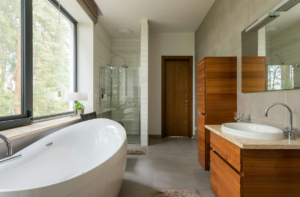Types of Child Custody Arrangements
When it comes to deciding child custody, the courts will look at a variety of factors to determine what is in the best interests of the child. The most important factor is the safety of the child. The judge will weigh many factors, including the physical and mental health of both parents, their ability to provide for the child’s basic needs, the child’s educational situation, and the parents’ lifestyle. The court will also take into account the child’s preference. Generally, there are two types of child custody arrangements. Joint custody involves the child living in both parents’ homes, and sole custody involves the child having legal and residential custody. Both parents have equal rights to the child, and the decision-making authority is divided between them. Some common joint custody arrangements are the 2-2-3 plan and the 2-2-5 plan. The parent who has sole physical custody is the only person with authority to make decisions for the child.
If the parents are unable to agree on custody, they can also enter a consent agreement. If the parties do not reach an agreement, the judge will hear testimony and sign the agreement. The court will also consider an investigation by the social services or a mental health professional. Once the child becomes a legal adult, the family court will no longer have power to decide custody. This can result in a more favorable outcome for the child. It is very important to choose the right custody arrangement for your child.While joint custody involves the children living in one parent’s home, joint legal custody means that both parents share responsibility for important decisions involving the child. This arrangement is the most common type of child custody arrangement. Usually, the court will award joint physical and joint legal custody to both parents. But, if the parents cannot agree on custody, the judge may award sole physical custody to one parent. And, if both parents agree, joint physical and legal custody means the children live with one parent. In such cases, the child may visit the other parent.
In a shared physical custody arrangement, the child lives with both parents. While one parent has primary responsibility for the child’s welfare, the other parent has primary responsibility for the child’s upbringing. In these cases, the mother and father have different priorities. The court will try to balance the needs of each parent, as well as their individual lifestyles. However, it will consider the wishes of the children in the best interest of the children.
The court can order a parent to share physical custody. If the parents cannot agree on custody, the court will hold a hearing. The judge will ask questions to both parents, and the child’s best interest is the focus of the custody case. The child will be living with one parent or with the other. The judge will decide on who has primary responsibility for the children. The court will also consider the age of the children. For instance, shared physical custody is a good choice if the parents are a good match for the child.







